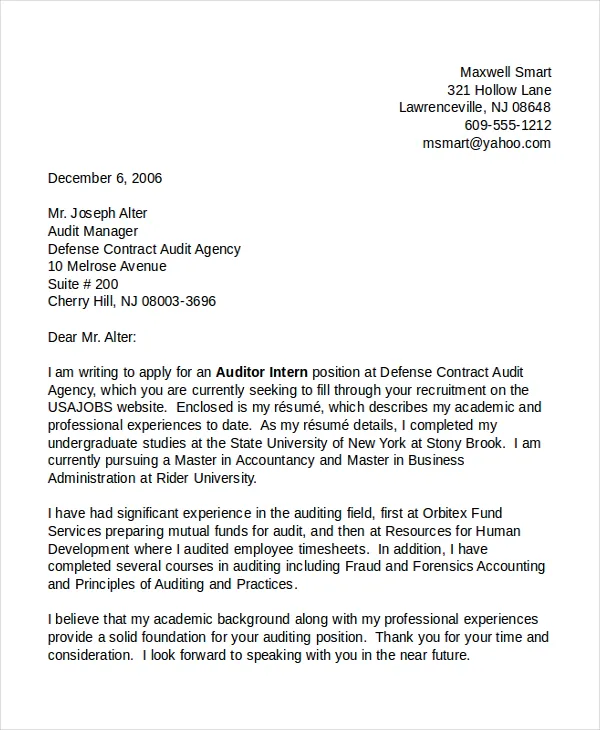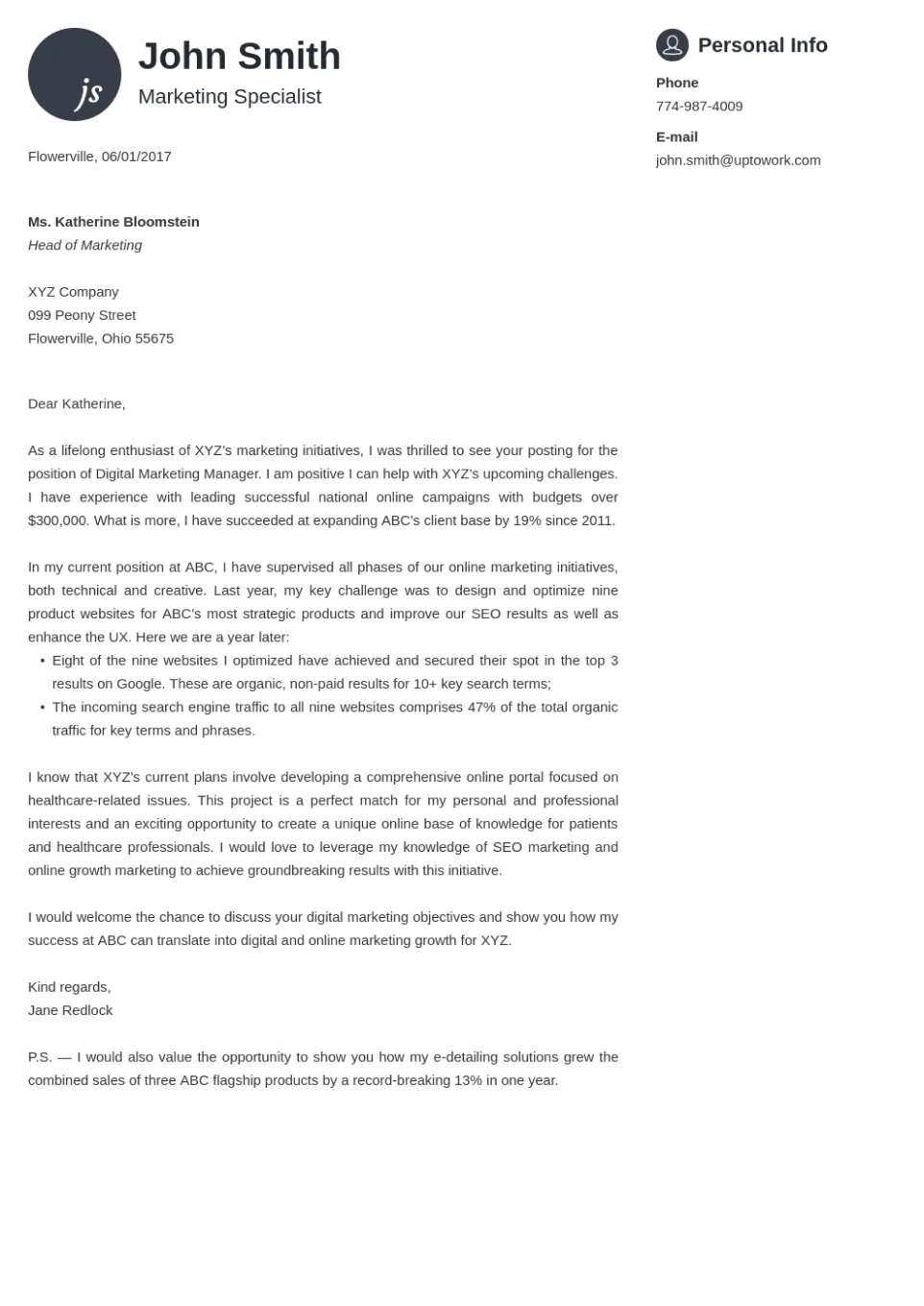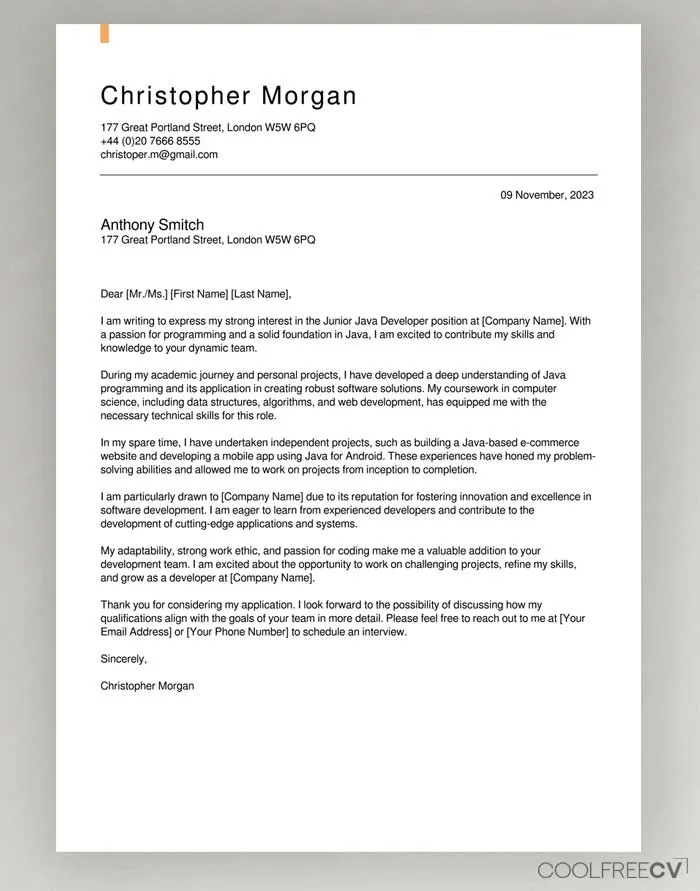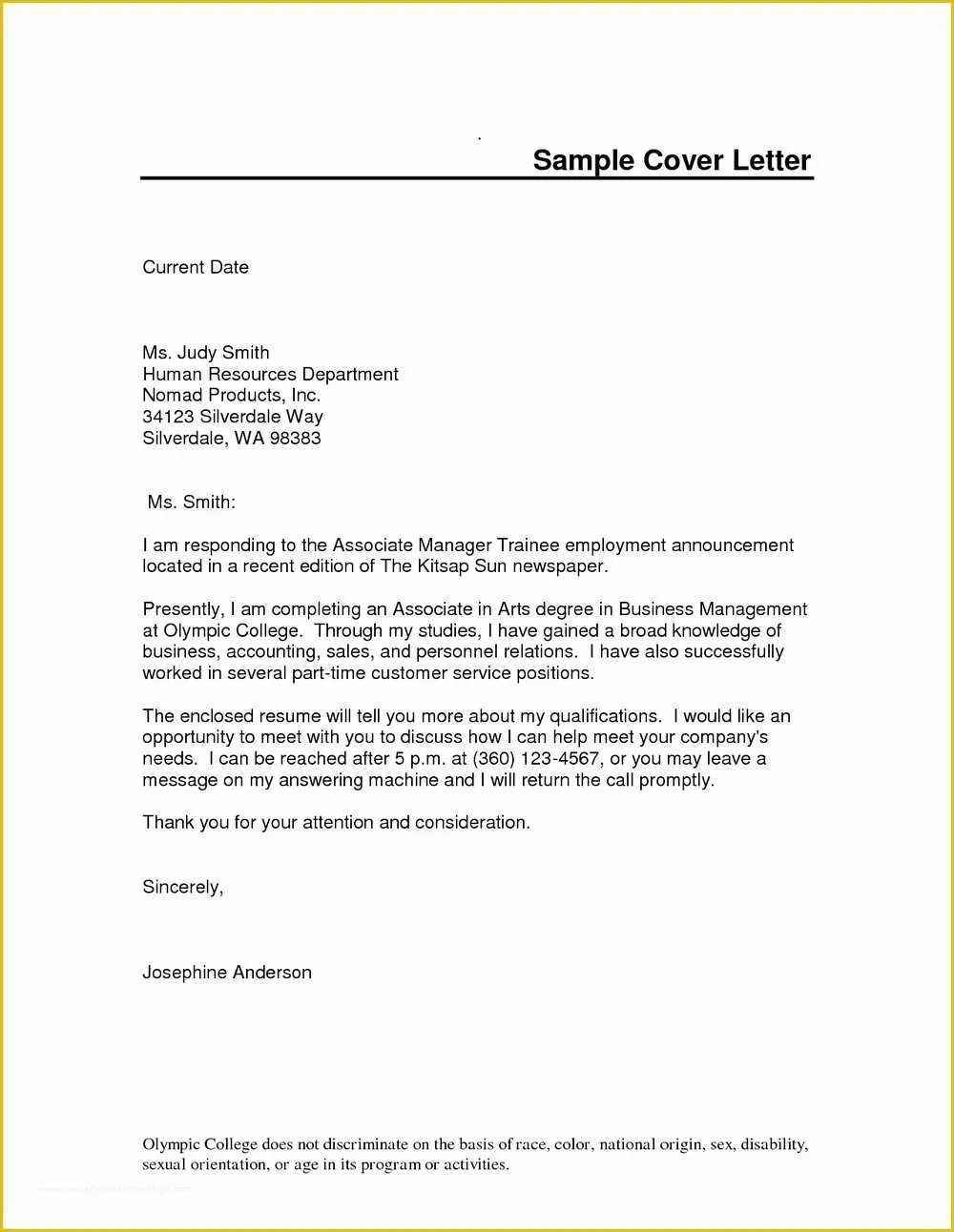Understanding the Importance of a Cover Letter
In the competitive landscape of online job applications, a well-crafted cover letter is your critical first impression, setting the stage for how a potential employer perceives you. While your resume provides a structured overview of your skills and experience, a cover letter allows you to tell a compelling story, providing context and demonstrating your personality, enthusiasm, and alignment with the specific role and company. It’s your opportunity to highlight why you are the perfect candidate, moving beyond the basic facts of your work history and showcasing your unique value. Think of it as a personal introduction, designed to make the hiring manager want to learn more about you and your qualifications. In a crowded field of applicants, a strong cover letter can be the difference between getting noticed and being overlooked.
Why a Cover Letter is Crucial for Online Applications
Online applications frequently use Applicant Tracking Systems (ATS) to screen resumes, often filtering them based on keywords before they even reach human eyes. A cover letter provides an invaluable opportunity to circumvent the limitations of ATS and humanize your application. It allows you to inject personality and passion, providing context to your skills and experiences that may not be immediately apparent in a resume. A well-written cover letter articulates your value proposition and demonstrates how your skills directly meet the specific requirements of the job and align with the company’s values. It’s a chance to show that you’ve researched the company and understand the role, signaling a genuine interest that separates you from generic applicants. In short, it can significantly increase your chances of landing an interview by helping you bypass the automated screening systems.
Key Elements of a Winning Cover Letter

Creating a winning cover letter involves several essential elements. Begin with a compelling introduction, clearly stating the position you are applying for and where you found the job posting. Immediately capture attention by mentioning something specific about the company that resonates with you, showing you’ve done your research. The body of the letter should highlight your relevant skills and experiences, providing specific examples of your accomplishments and their alignment with the job requirements. Quantify your achievements whenever possible, using numbers and data to show your impact in previous roles. Conclude with a strong closing statement, reiterating your interest in the position and your enthusiasm for the opportunity to contribute to the company’s success. Ensure a professional tone, clear and concise language, and a well-organized structure throughout your letter. A well-structured and well-written cover letter helps you present yourself in the best light possible.
Personalizing Your Cover Letter for Online Applications
Personalization is crucial for an effective cover letter. Generic, mass-produced letters are easily recognized and often disregarded. Instead, invest time in tailoring each cover letter to the specific role and company. Research the company, its values, and recent activities. Identify what resonates with your career goals and incorporate these insights into your letter. Whenever possible, address the hiring manager by name, demonstrating that you’ve put in the effort to personalize your application. In the body of the letter, connect your skills and experiences directly to the job description. Provide context and elaborate on your achievements, demonstrating the value you would bring to the role. The more tailored your letter, the greater the impact.
Researching the Company and the Role
Before you begin writing, conduct thorough research on the company and the role. Visit the company’s website to learn about its mission, values, and recent news. Explore social media profiles to gain insights into its culture and employee engagement. Identify key responsibilities and requirements by reviewing the job description carefully. Understanding the skills and experiences the company seeks will allow you to align your cover letter accordingly. Show you know the company’s values and the specific needs of the role. This proactive approach demonstrates your attention to detail. By tailoring your letter to address the company’s needs, you show that you are genuinely interested in contributing to their success.
Highlighting Relevant Skills and Experiences

Your cover letter should highlight the most relevant skills and experiences for the job. Carefully review the job description and identify the key skills and qualifications the employer is seeking. Select the experiences that best demonstrate these skills from your background. Offer specific examples of how you’ve used these skills in previous roles. Use action verbs to describe your accomplishments. Instead of simply listing your responsibilities, focus on the results you achieved. For example, if the job description emphasizes project management skills, describe a project you successfully managed, highlighting positive outcomes like increased efficiency or cost savings. This approach will set you apart.
Showcasing Your Achievements and Quantifiable Results
Make your cover letter stand out by showcasing achievements with quantifiable results. Don’t just state what you did; show the impact you made in your previous roles. Use numbers, percentages, and data to illustrate your accomplishments. For instance, instead of saying, ‘Improved customer satisfaction,’ state, ‘Increased customer satisfaction scores by 15% within six months.’ If you led a project and achieved cost savings, specify the amount. If you increased sales, provide the percentage increase. By quantifying your achievements, you provide concrete evidence of your abilities and demonstrate your value to potential employers. This also demonstrates that you have the ability to drive tangible results.
Formatting Your Cover Letter for Online Platforms
When applying online, the format of your cover letter is essential. Ensure your letter is easy to read and visually appealing. Use a clear and professional font, like Arial, Calibri, or Times New Roman, and keep the font size consistent throughout. Break up your text into short paragraphs to make it easy to scan. Use bullet points to highlight key information, such as skills or achievements. Always check the specific instructions of the online application platform. Most employers prefer PDF files, as they preserve formatting. Your goal is to make your cover letter easy to read and scan, making it more likely that hiring managers read your content.
Choosing the Right Font and Layout

Choose a font and layout that enhances readability. Use a clean and professional font such as Arial, Calibri, or Times New Roman. Avoid overly stylized or decorative fonts that distract the reader. Maintain a consistent font size, usually between 10 and 12 points, to ensure legibility. Pay attention to the layout, using margins of at least one inch to create white space. Break up your text into short paragraphs and use bullet points to highlight key information. A well-formatted cover letter is more visually appealing, increasing the chances of the hiring manager engaging with your content. Proper formatting makes the reading process easier and more enjoyable for the hiring manager.
Optimizing for Applicant Tracking Systems (ATS)
Many online applications are screened by ATS before reaching a human. To ensure your cover letter passes through ATS, follow these guidelines. Use a standard font and avoid excessive formatting. Use keywords from the job description naturally throughout your text. Avoid images or headers and footers, which can cause problems with the ATS. Save your cover letter as a PDF file to preserve formatting. Always check the specific instructions of the online application system. Optimizing for ATS ensures your application is reviewed by a human recruiter. Tailoring your cover letter to include key phrases will make it easier for recruiters to find your application.
Proofreading and Editing Your Cover Letter
Meticulously proofread and edit your cover letter before submitting it. Errors in grammar, spelling, or punctuation can damage your credibility and undermine your chances of getting hired. Review your cover letter several times, checking for any mistakes. Read your cover letter aloud to catch any awkward phrasing or sentence structure issues. Use spell check and grammar check tools, but don’t rely on them entirely. Have a trusted friend or colleague review your cover letter for feedback. A fresh perspective can catch mistakes you might miss. Ensure your cover letter is clear, concise, and well-written, reflecting your professionalism and attention to detail.
Common Mistakes to Avoid in Your Cover Letter

Avoid common mistakes that can negatively impact your application. These mistakes often make a poor impression and might lead to immediate rejection. Some frequent errors to avoid include the following.
Ignoring Instructions and Requirements
Always read and follow the instructions and requirements in the job posting. Some employers may have specific formatting guidelines, file format preferences, or application procedures. Failing to adhere to these instructions indicates a lack of attention to detail and can lead to your application being overlooked. If the job posting requests a specific type of cover letter, like a skills-based or targeted one, make sure you fulfill the requirements. Pay attention to the requested file format and size limitations. Ignoring these details can make your application incomplete or unreadable.
Using Generic and Vague Language
Avoid using generic and vague language. Instead, personalize your cover letter to the specific role and organization. Avoid clichés and overused phrases. Provide specific examples to demonstrate your skills and achievements. Quantify your results using numbers and data. Show the employer concrete evidence of your abilities. A well-crafted cover letter will have more impact. Using specific examples will show your achievements.
Sending a Cover Letter Without Personalization

Avoid sending a cover letter that is not tailored to the specific job or company. A generic cover letter demonstrates a lack of effort and a lack of genuine interest in the opportunity. Research the company and role, and address the hiring manager by name when possible. Show how your skills and experiences match the requirements of the job. Demonstrate your understanding of the company’s values and your enthusiasm for contributing to their success. Personalization is key.
